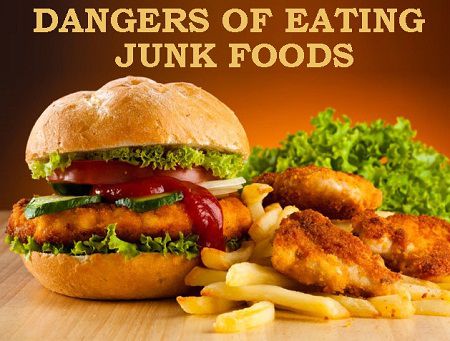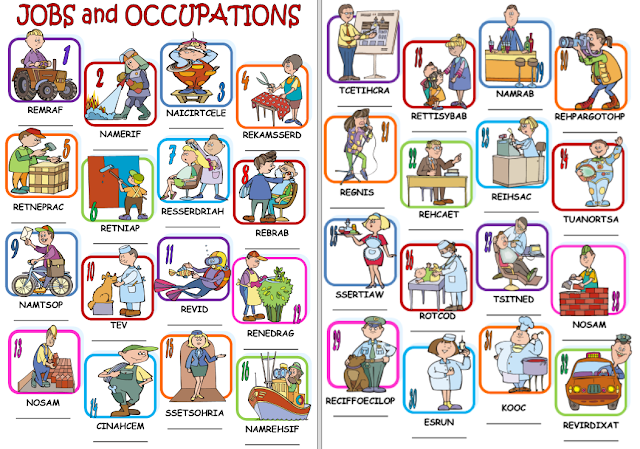Zach and Reggie fly their trusty cardboard box to London, England!
This is a fun, educational travel song for kids
W
We are flying in the air, and across the sea We're going to a really nice place to have a cuppa tea When we see their flag in the air then we know we're near Oh boy, I can't wait to get there The people are so very nice and full of cheer Oh boy, I can't wait to meet them We will have, so much fun when we are in London Double deckers and The Queen When we're in London Taxi cabs and Ringo Starr When we're in London Buckingham palace is great, it's worth the visit Oh boy, it sure is amazing and the Tower of London is big, you can't miss it Oh boy, it's bigger than an elephant We will have, so much fun when we are in London Double deckers and The Queen When we're in London Taxi cabs and Ringo Starr When we're in London The phone booths and the royal guard When we're in London A spot of tea with our friends When we're in London
We are flying in the air, and across the sea We're going to a really nice place to have a cuppa tea When we see their flag in the air then we know we're near Oh boy, I can't wait to get there The people are so very nice and full of cheer Oh boy, I can't wait to meet them We will have, so much fun when we are in London Double deckers and The Queen When we're in London Taxi cabs and Ringo Starr When we're in London Buckingham palace is great, it's worth the visit Oh boy, it sure is amazing and the Tower of London is big, you can't miss it Oh boy, it's bigger than an elephant We will have, so much fun when we are in London Double deckers and The Queen When we're in London Taxi cabs and Ringo Starr When we're in London The phone booths and the royal guard When we're in London A spot of tea with our friends When we're in London





















